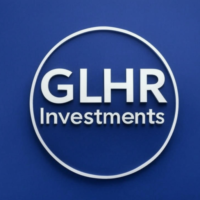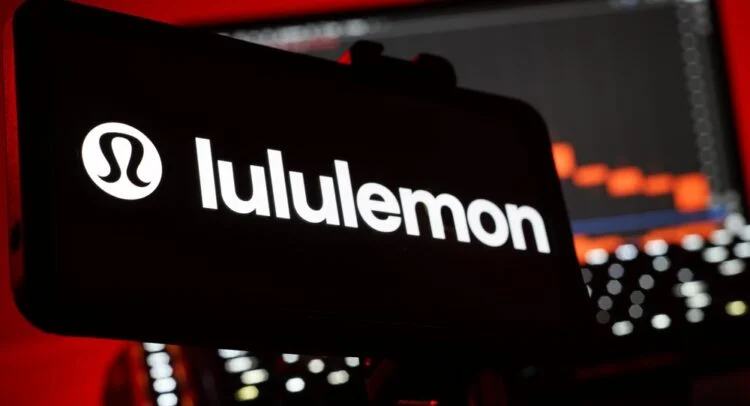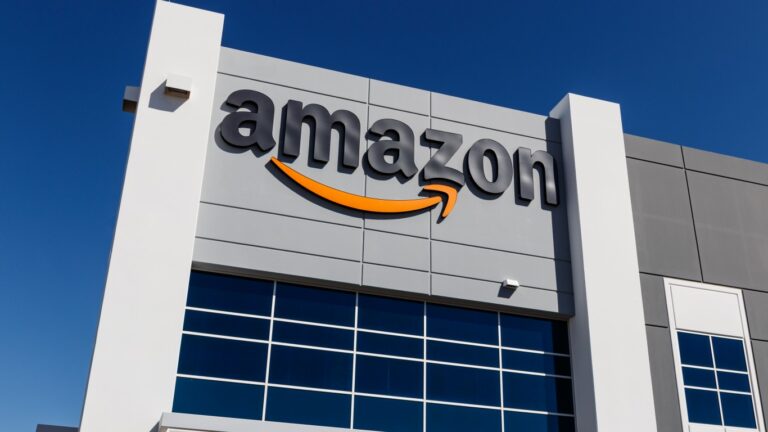
Powering America’s future with manufacturing in 2025–2030.
At GLHR Investing, we uncover opportunities where necessity meets ambition. From 2025 to 2030, the U.S. will demand manufacturing businesses that fuel infrastructure, sustainability, and domestic resilience amid tariffs, climate goals, and tech advances. These 10 industrial ventures, rooted in steel, concrete, and other tangible goods, offer entrepreneurs low-to-moderate startup costs and massive growth potential. Here’s why they’ll be critical over the next five years and how they can turn small startups into industry giants.
- Recycled Steel Mini-Mills:
- Why Needed: The $20 billion scrap steel market recycles 74 million tons annually, with demand surging for sustainable construction materials. By 2030, net-zero goals and tariffs (25% on imports) will prioritize domestic, low-carbon steel, per MRS Steel.
- Scalability: Start with a scrap yard and electric arc furnace, then scale to supply rebar or wire to firms like Nucor, which dominates with 23 plants.
- Startup Costs: $100,000–$500,000 (furnace, scrap sorting, leased facility). Potential earnings: $300,000–$2 million/year.
- Economic Fit: Tariffs boost domestic pricing, and recycled steel cuts emissions, aligning with ESG mandates. Infrastructure spending ($1 trillion) ensures demand.
- Investor Angle: 20–30% margins and green appeal attract ESG funds. Nucor’s $32.5 billion valuation signals sector strength.
- Growth Tip: Source local scrap and partner with contractors via IndustrySelect for steady supply.
- Precast Concrete for Infrastructure:
- Why Needed: The $21.1 billion precast concrete market grows at 4.8% annually, driven by the Infrastructure Investment and Jobs Act and urban expansion. Precast beams, culverts, and panels are essential for bridges, roads, and buildings by 2030.
- Scalability: Begin with a small plant for niche products (e.g., trusses), then expand to serve national contractors like CRH PLC.
- Startup Costs: $50,000–$250,000 (molds, mixers, warehouse). Potential earnings: $100,000–$600,000/year.
- Economic Fit: Domestic production dodges tariff costs. Construction growth in Florida and Texas fuels demand despite 3% inflation.
- Investor Angle: Stable contracts and 20% margins draw private equity. CRH’s $10.26 billion revenue shows exit potential.
- Growth Tip: Offer low-carbon precast mixes and market via Thomasnet.com for B2B contracts.
- Modular Concrete Construction Systems:
- Why Needed: Modular construction, using precast concrete modules, is projected to grow 6% annually to $30 billion by 2030, addressing housing shortages and disaster-resilient building needs.
- Scalability: Start producing modular wall panels or small units, then scale to full homes or commercial modules, like Katerra’s model.
- Startup Costs: $100,000–$400,000 (molds, automation tools, facility). Potential earnings: $200,000–$1 million/year.
- Economic Fit: Local production avoids tariff hikes. Housing starts (up 3% in 2024) and climate-driven rebuilding demand ensure growth.
- Investor Angle: High scalability and 15–25% margins attract venture capital. Modular’s efficiency appeals to urban developers.
- Growth Tip: Target affordable housing projects and advertise on ConcreteConstruction.net.
- Galvanized Steel for Renewable Energy:
- Why Needed: The $15 billion galvanized steel market supports solar, wind, and telecom infrastructure, with 5.7% CAGR driven by renewable energy growth to 2030. Tariffs favor domestic producers.
- Scalability: Start with galvanizing wire or panels, then supply solar frames or utility poles, like Sabre Industries.
- Startup Costs: $50,000–$200,000 (galvanizing tank, steel, facility). Potential earnings: $200,000–$1 million/year.
- Economic Fit: Trump’s energy policies and net-zero goals drive demand. Domestic focus mitigates tariff risks.
- Investor Angle: Green tech alignment and 20% margins draw ESG investors. ArcelorMittal’s innovation sets a benchmark.
- Growth Tip: Supply solar farms and list on Maker’s Row for renewable projects.
- Asphalt Recycling and Production:
- Why Needed: The $10 billion asphalt market grows at 6% annually, fueled by road repairs and the Infrastructure Act. Recycled asphalt reduces costs and emissions, meeting 2030 sustainability goals.
- Scalability: Start with a small batch plant using reclaimed asphalt, then scale to supply state DOTs, like Vulcan Materials.
- Startup Costs: $50,000–$250,000 (batch plant, aggregates, storage). Potential earnings: $100,000–$1 million/year.
- Economic Fit: Domestic aggregates avoid tariff costs. Road maintenance demand persists despite consumer pullbacks.
- Investor Angle: Stable contracts and 15–20% margins attract investors. Colas’ 8% revenue growth signals resilience.
- Growth Tip: Use 50% recycled asphalt and bid on municipal contracts via BidNet.
- 3D-Printed Concrete Manufacturing:
- Why Needed: The 3D printing construction market is expected to reach $1.5 billion by 2030, with concrete printing slashing costs and time for homes and infrastructure. Biden’s AM Forward program supports adoption.
- Scalability: Start with a single 3D printer for small structures, then scale to commercial projects, like ICON’s model.
- Startup Costs: $100,000–$500,000 (printer, concrete mix, facility). Potential earnings: $200,000–$2 million/year.
- Economic Fit: Domestic tech reduces tariff exposure. Housing and disaster recovery needs drive demand.
- Investor Angle: Innovative tech and 20–30% margins draw venture capital. Apis Cor’s growth shows potential.
- Growth Tip: Partner with developers for affordable housing and market via BuildZoom.
- Steel Rebar for Disaster Resilience:
- Why Needed: The $95 billion rebar market grows at 5% annually, driven by infrastructure and climate-resilient construction (e.g., hurricane-proof buildings). Domestic mini-mills dominate by 2030.
- Scalability: Start producing standard rebar, then offer coated or custom sizes for firms like Commercial Metals.
- Startup Costs: $100,000–$500,000 (rolling mill, steel, facility). Potential earnings: $300,000–$2 million/year.
- Economic Fit: Tariffs raise import costs, favoring U.S. producers. Construction demand holds despite 20% recession risk.
- Investor Angle: High demand and 15–25% margins attract funding. Nucor’s model shows scalability.
- Growth Tip: Supply coastal projects and connect via IndustrySelect for contracts.
- Low-Carbon Cement Production:
- Why Needed: The $10 billion cement market faces pressure to cut 8% of global CO2 emissions by 2030. Low-carbon cement, like HeidelbergCement’s, is critical for sustainable construction.
- Scalability: Start with a small grinding plant, then expand to integrated facilities producing eco-friendly cement.
- Startup Costs: $100,000–$500,000 (grinding mill, raw materials, facility). Potential earnings: $500,000–$2 million/year.
- Economic Fit: Domestic production avoids tariff hikes. Infrastructure and green building mandates drive demand.
- Investor Angle: ESG focus and 20% margins draw private equity. CRH’s revenue signals growth potential.
- Growth Tip: Market low-carbon cement to green contractors via ConcreteConstruction.net.
- Metal Additive Manufacturing (3D Printing):
- Why Needed: The $7.7 billion 3D metal printing market grows at 14.6% CAGR, serving aerospace, automotive, and medical sectors with custom steel or alloy parts by 2030.
- Scalability: Start with a single metal printer for small parts, then scale to produce complex components, like Desktop Metal’s model.
- Startup Costs: $50,000–$300,000 (printer, metal powder, facility). Potential earnings: $100,000–$1 million/year.
- Economic Fit: Domestic tech reduces tariff risks. Reshoring and EV growth (9% in India) boost demand.
- Investor Angle: High precision and 20–30% margins attract venture capital. Markforged’s growth shows potential.
- Growth Tip: Target EV or aerospace clients and list on Thomasnet.com.
- Bio-Based Construction Materials:
- Why Needed: The bio-based materials market, including hempcrete and mycelium composites, is projected to grow 20% annually by 2030, driven by net-zero goals and demand for sustainable alternatives to concrete.
- Scalability: Start producing hempcrete blocks or mycelium panels, then scale to supply green builders, like Hempitecture.
- Startup Costs: $50,000–$200,000 (processing equipment, raw materials, facility). Potential earnings: $100,000–$500,000/year.
- Economic Fit: Domestic biomass avoids tariff costs. Green building incentives ensure demand despite inflation.
- Investor Angle: ESG appeal and 15–25% margins draw impact investors. Ecovative’s model shows scalability.
- Growth Tip: Target eco-conscious developers and market via GreenBiz for B2B leads.
- Why These Businesses Are Critical (2025–2030):
- Infrastructure Boom: The $1 trillion Infrastructure Act and state-level projects (e.g., Florida’s $20 billion) drive demand for concrete, steel, and asphalt, per Siteline.
- Sustainability Mandates: Net-zero goals by 2030 push low-carbon cement, recycled steel, and bio-based materials, with 71% growth in sustainable goods searches.
- Tariff-Driven Reshoring: 25% tariffs on imports favor domestic steel and concrete producers, boosting prices and local jobs, per MRS Steel.
- Climate Resilience: Rising natural disasters (e.g., 2024 wildfires) demand modular and rebar-reinforced construction, per Deloitte.
- Tech Integration: 3D printing and automation cut costs, with 46% of executives scaling AI-driven manufacturing by 2030, per IBM.
- Investor Considerations:
- Opportunities: Businesses tied to infrastructure (precast, rebar) or green tech (low-carbon cement, bio-based materials) offer stable cash flows and ESG appeal. ETFs like XME (metals) or IFRA (infrastructure) provide sector exposure.
- Risks: Tariffs raise material costs (cement prices up due to fuel), and a 20% recession risk could slow private construction. Consumer spending dips (retail down 13%) may delay projects.
- Strategy: Start with leased equipment, secure local contracts via Thomasnet or BidNet, and adopt automation (e.g., AI scheduling) to cut costs. Monitor Q1 2025 construction data for demand signals.
At GLHR Investing, we see these manufacturing businesses as the backbone of America’s future. Launch lean, tap urgent needs, and build an industrial legacy—your empire starts here.








